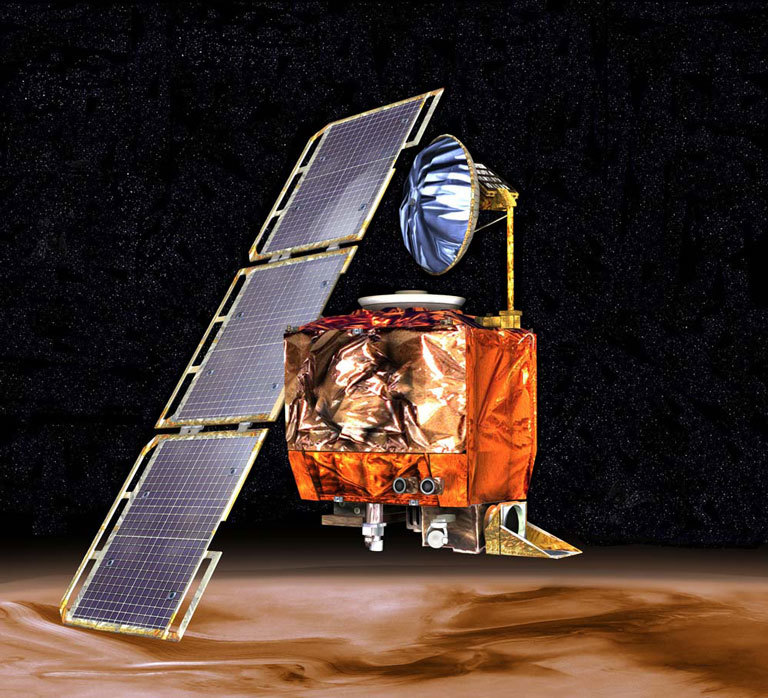Imperial vs. metric. Seems a bit like two languages each of which works fine for those who use them, and conversions/interpreters can fairly easily be made. Many, many people on the planet are very comfortable thinking and communicating in two languages, and lots of people have fluency with more than two. Similarly people can and do learn to mix and match Imperial and metric (and others like nautical) pretty much without missing a beat where each use is commonplace.
Given that, is Imperial or metric going away? Imperial maybe at some point but not anytime soon. Are little-spoken languages or languages used almost exclusively in one country going away? Doubtful, and then again no time soon. And where languages do cross borders, they become bastardized, idiomatic, change spellings and pronunciation, etc. Does anyone in the US speak “the King’s English” or is our version typically called “American English?” None of the simplicity, cleanliness, ease of use, nor nomenclatures of the metric system are likely to dislodge Imperial units where they are understood, common, and seemingly without compelling reason to change. I tried to learn French in high school…didn’t work well. I tried to learn knots, furlongs, fathoms, meters, hectares, gallons, and the like without much hassle and without need to convert. Does anyone really care how many meters in a furlong? P.S. it’s 201.1 meters, 220 yards, or ⅛ of a mile but the key here is that no one needs to convert nor especially cares to other than for academic exercise.




